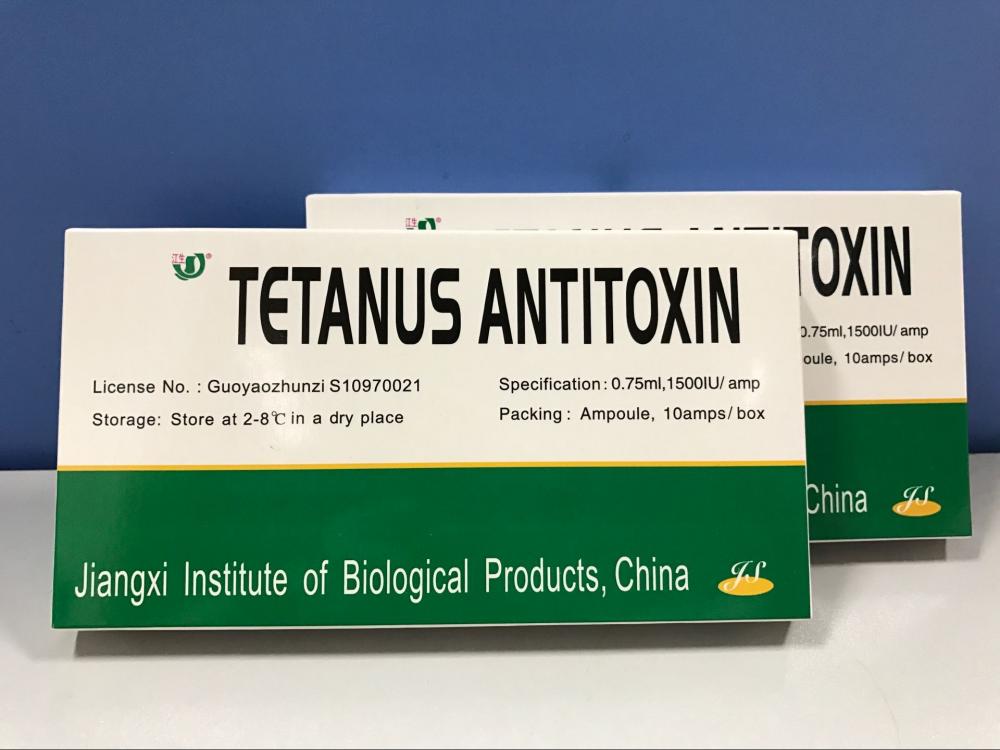The nutrients needed for soil-free growing crops generally do not depend on the use of solid fertilizers to supply nutrients, but rather rely on nutrient solutions. The so-called nutrient solution is based on the demand characteristics of various crops for various nutrients as well as the characteristics of sucking fertilizer, using inorganic salt fertilizers, according to a certain number and proportion artificially formulated into a solution containing nutrients necessary for the plant. Both soilless culture and substrateless culture methods require the use of nutrient solutions to provide nutrients to crops. Therefore, nutrient solution is the core of soilless culture technology. Only by understanding and mastering it can we really master soilless cultivation techniques and use nutrient solution flexibly and correctly to achieve good results. When using the nutrient solution, it is necessary to understand the types, quantity and ratio of the nutrient elements contained in the nutrient solution and the factors such as the solubility of various fertilizers and the pH value of the nutrient solution and other factors affecting the nutrient absorption of the crop, etc., so as to be based on various crop varieties. And various crops have different growth periods to provide nutrients needed for crop growth in a timely and effective manner to reduce costs, increase production, and increase economic efficiency. Therefore, nutrient solution management is the key to soilless cultivation techniques. Only skilled mastery can improve the level and economic benefits of soilless culture.
There may be disputes about when humans began domesticating horses,
but there is no argument that horses have helped shape human history. We know Chinese equine Veterinary Medicine, including herbal
treatments and acupuncture, dates back thousands of years, but there`s
no agreement on the date, or even century. We do know the year their
health and care became part of the formal curriculum of veterinary
colleges. The year was 1761 and the location was the first veterinary
school in the world, in Lyon, France. Equine anatomy as part of a formal
curriculum has been studied by veterinarians since then, for more than
250 years.

Equine Medicine
Equine Medicine,Conjugated Equine Estrogens,PMSG Hormone Lyophilized,Pregnant Mare Urine
Jiangxi Institute of Biological Products Inc. , https://www.jxinstitute.com
